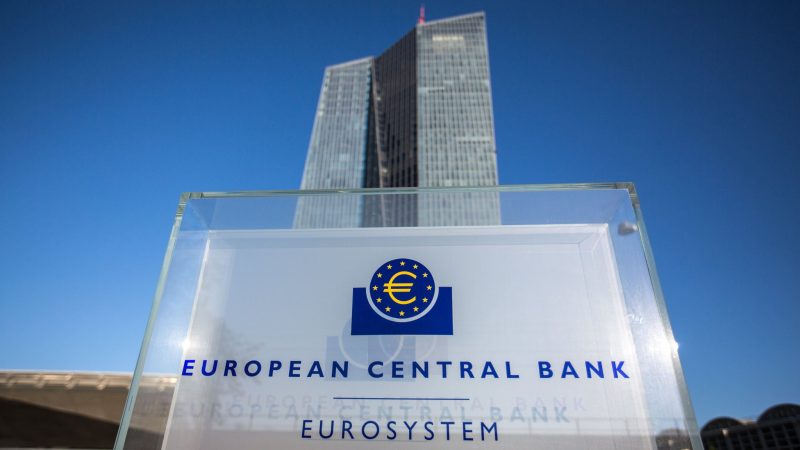Growing Stablecoin Market Raises New Monetary Policy Risks
The European Central Bank may need to rethink its interest-rate stance if a major run on U.S. dollar stablecoins spreads into Europe. Dutch central bank governor Olaf Sleijpen shared this warning in a recent interview, noting that the rapid expansion of stablecoins tied to U.S. Treasuries could create fresh shocks for Europe’s financial system.
Stablecoins tracking top global currencies have surged roughly 48% this year and now exceed $300 billion in total value. Sleijpen said this scale could soon make them systemically important. Many of these digital tokens hold short-term U.S. government debt, so a sudden wave of redemptions could spark fire-sale dynamics and quickly push stress across borders. He explained that the ECB would first rely on financial-stability tools, but a severe shock might force policymakers to revisit interest rates to protect price stability.
Why Regulators Worry About Stablecoin Liquidity
Sleijpen’s comments add a monetary-policy angle to a debate dominated so far by regulatory concerns. Global bodies such as the Financial Stability Board have repeatedly warned that stablecoin issuers hold large amounts of U.S. Treasuries. If confidence disappears, heavy redemptions could move markets in ways similar to a run on a money-market fund.
Key fears driving regulator attention include:
- Rapid liquidation of U.S. Treasuries during a crisis
- Cross-border contagion from dollar-based digital assets
- New systemic risks fueled by private issuers instead of banks
These risks highlight how quickly the stablecoin ecosystem has become tied to traditional finance.
The ECB’s Concern: Informal Dollarization
Another issue on the ECB’s radar is the growing use of U.S. dollar stablecoins inside the euro area. Officials say this trend resembles informal dollarization, a pattern usually seen in emerging markets where residents favor foreign currency. If Europeans increasingly shift savings or payments into privately issued digital dollars, the ECB could lose control over local financial conditions.
Such a shift may weaken the impact of monetary policy, especially if stablecoins become common tools for cross-border transfers and everyday transactions.
ECB Remains Steady but Stays Alert
Even with these concerns, Sleijpen emphasized that the ECB sees its current policy stance as appropriate. Inflation is hovering close to the bank’s 2% goal, and economic growth has held up better than many expected. Market pricing shows low odds of additional rate cuts anytime soon.
However, he said policymakers must stay vigilant. The inflation spike after the Ukraine invasion showed how quickly unexpected shocks can hit. As the stablecoin sector expands at high speed, the ECB wants to be ready if turbulence threatens the progress it has made on price stability.
